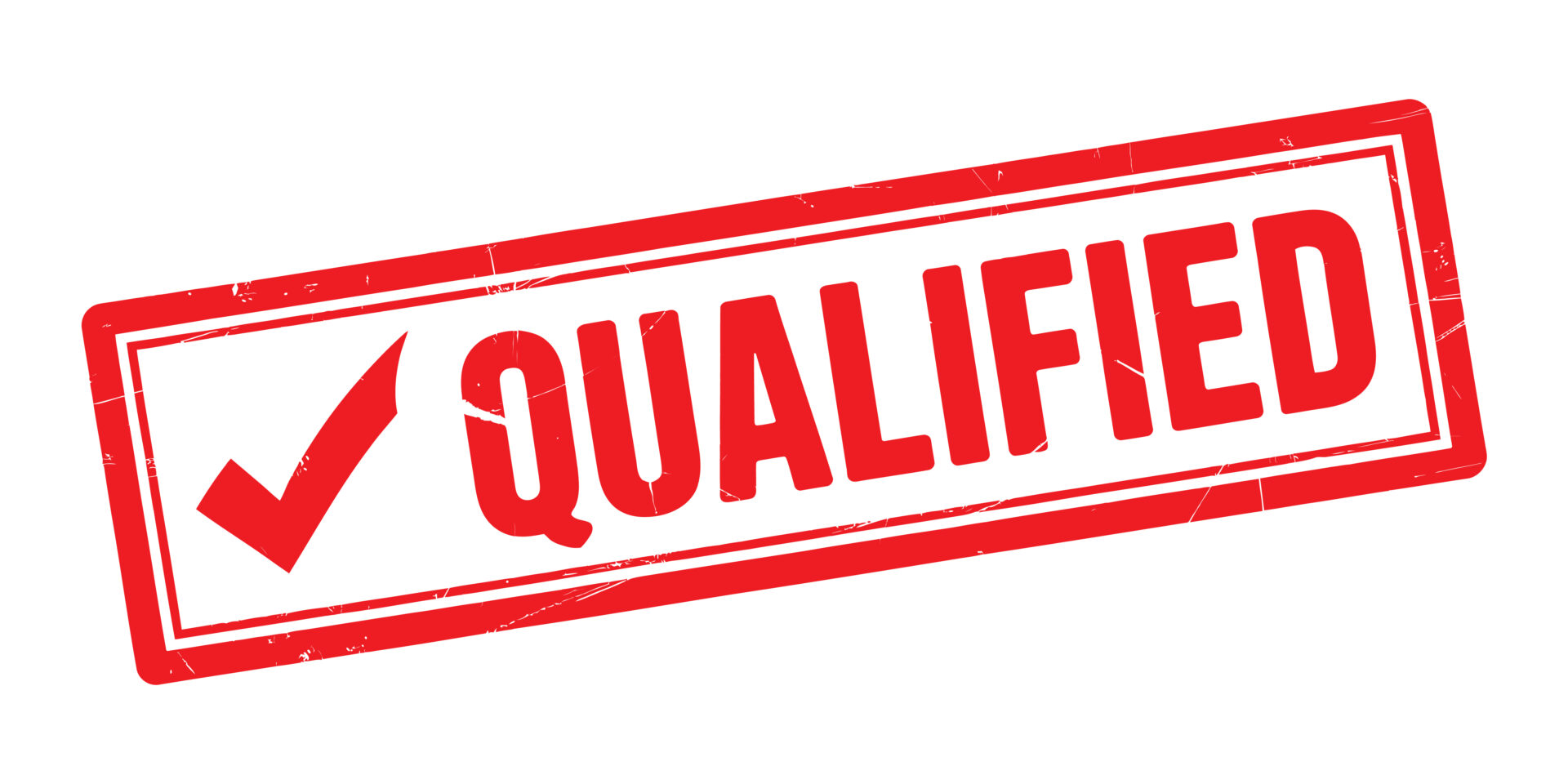1031 Partial Exchange: A Complete Guide for Real Estate Investors
Most investors think a 1031 exchange is all or nothing. They believe they must reinvest every dollar to qualify. They assume taking any cash will ruin the exchange. But that belief is wrong. The IRS allows a flexible option called the 1031 partial exchange. This strategy lets you take some cash out, reduce debt, or reinvest a smaller amount while still deferring most of your taxes. As a qualified intermediary, I guide investors through partial exchanges every week. They offer flexibility, help in tight markets, and allow strategic liquidity without giving up major tax benefits.
A partial exchange does not penalize you for taking money out. Instead, the IRS taxes only the money you receive, called boot. The rest of your gain remains deferred. With the right planning, a 1031 partial exchange can solve problems, unlock cash, and position your portfolio for long‑term growth.
Key Takeaways
- A 1031 partial exchange allows investors to take cash out while deferring taxes on most gains.
- Investors can maintain flexibility and liquidity without losing significant tax benefits.
- Boot received, such as cash or mortgage reductions, is taxable, but the rest stays tax-deferred.
- Partial exchanges are useful in tight markets or for aging investors restructuring their portfolios.
- Planning and coordination with professionals ensure a successful 1031 partial exchange.
Table of contents
- What Is a 1031 Partial Exchange?
- Why Investors Use Partial Exchanges
- How a 1031 Partial Exchange Works
- What Counts as Boot?
- How to Minimize Boot
- Tax Impact of a Partial Exchange
- Example: Partial Exchange in Action
- When a Partial Exchange Makes Sense
- Common Mistakes in Partial Exchanges
- How to Plan a Strong Partial Exchange
- Final Thoughts
What Is a 1031 Partial Exchange?
A 1031 partial exchange occurs when you complete a like-kind exchange but still receive cash or non-like-kind property at closing. The IRS calls this non-like-kind value boot. Boot is taxable. Only the boot amount triggers tax. The rest of your gain stays tax-deferred and continues into the replacement property.
Partial exchanges are far more common than most investors realize. Many exchanges include small closing credits, prorations, or debt adjustments that create minor boot. As long as the boot is properly recorded and taxed, the exchange stays valid.
Why Investors Use Partial Exchanges
More Flexibility
A full 1031 exchange forces you to reinvest everything. That can feel restrictive. A partial exchange allows flexibility. Investors can take cash for renovations, savings, emergencies, or new opportunities. Partial exchanges give you liquidity without giving up tax benefits.
Partial Deferral Still Creates Major Tax Savings
You do not need to defer every dollar to win. Even deferring 60% or 70% of your gain can create six‑figure savings. Consider an investor with $600,000 of gain. If they take $75,000 of boot, they still defer $525,000. That deferral boosts net worth, increases buying power, and improves long‑term planning.
Useful When Inventory Is Tight
Many markets face low inventory. Investors often cannot find the perfect replacement property. Rather than cancel the exchange, they use a partial exchange. This keeps most tax savings while allowing a smaller closing.
Helps You Reduce Leverage
Some investors want less debt. Paying off debt creates mortgage boot. A partial exchange allows this strategy. You can reduce leverage, accept the tax on the boot, and keep the rest of the gain deferred.
Works for Aging Investors Restructuring Portfolios
Older investors often restructure their portfolios. They may want to shift into lower-maintenance assets while pulling out cash for retirement. A partial exchange supports that goal.
How a 1031 Partial Exchange Works
Step 1: Sell the Relinquished Property
Your qualified intermediary receives the proceeds. You cannot touch the funds before closing. Early receipt destroys the exchange. The QI safeguards compliance.
Step 2: Identify Replacement Property
The same deadlines apply:
- 45 days to identify
- 180 days to close
A partial exchange does not change IRS timelines.
Step 3: Decide Your Reinvestment Level
A full reinvestment avoids boot. A partial reinvestment creates boot. You choose how much gain you want to defer. You also choose how much liquidity you want.
Step 4: Close the Exchange
At closing, the title company, lender, CPA, and QI ensure the settlement statement matches your reinvestment plan. Boot is released to you. Taxes apply only to the boot. The rest of the gain defers into the replacement property.
What Counts as Boot?
Cash Boot
Cash received at closing or released from the QI after the exchange becomes taxable. This is the most common type of boot.
Mortgage Boot
Example
If your old loan was $700,000 and your new loan is $600,000, the $100,000 reduction is taxable as mortgage boot unless you add cash to replace the debt.
Non-Like-Kind Boot
Furniture, tools, equipment, and personal property all count as boot. Investors sometimes receive small non‑real estate items without realizing the tax impact.
Settlement Statement Credits
Credits on the settlement statement often create accidental boot. Examples include:
- Repair credits
- Rent prorations handled incorrectly
- Security deposits not transferred correctly
- Seller concessions
Your QI should review the closing statement before signing.
How to Minimize Boot
Follow Reinvestment Rules
To avoid boot:
- Buy equal or greater value property
- Reinvest all net proceeds
- Replace your debt or increase financing
Partial exchanges usually break one of these rules intentionally.
Replace or Exceed Your Debt
Mortgage boot disappears when you match the old loan with a new loan or add cash.
Limit Seller Credits
Repair credits or concessions can create boot. Your CPA should review all credits.
Use DSTs or TICs for Precision
DSTs and TIC investments allow precise reinvestment. They eliminate accidental boot by letting investors reinvest leftover amounts accurately.
Plan Before You Sell
Boot planning must happen early. Waiting until closing invites mistakes.
Tax Impact of a Partial Exchange
Only Boot Is Taxable
If you take $30,000 of boot, only that amount is taxable. The rest of your gain defers. This simple rule makes partial exchanges powerful.
Depreciation Recapture Applies First
The IRS taxes depreciation recapture before capital gains. Boot hits recapture before gains. Understanding this helps you forecast taxes accurately.
State Tax Treatment May Differ
Some states, like California, track deferred basis separately. Others treat partial exchanges differently. Always ask your CPA.
Example: Partial Exchange in Action
Relinquished sale price: $1,000,000
Adjusted basis: $400,000
Total gain: $600,000
Boot taken: $75,000
- $75,000 taxable
- $525,000 deferred
The investor keeps 87% of their tax benefits while still gaining liquidity.
Another Example: Mortgage Boot
Old loan: $500,000
New loan: $350,000
Debt reduction: $150,000
The investor must add $150,000 cash to avoid boot or accept mortgage boot. If they accept the boot:
- $150,000 taxable
- Remaining gain deferred
This strategy works for investors reducing leverage intentionally.
When a Partial Exchange Makes Sense
You Need Liquidity
A partial exchange gives you cash for repairs, improvements, emergencies, or new deals.
You Cannot Find a Full-Value Replacement
Rather than cancel the exchange, you can defer most of your gain.
You Want to Lower Risk
Lower leverage means lower monthly payments. A partial exchange supports safer long‑term planning.
You Want Capital Without a Cash-Out Refi
Cash-out refinances raise debt. A partial exchange gives cash without increasing leverage.
You Are Preparing for Retirement
Retirement planning often includes reducing debt while accessing equity. Partial exchanges do both.
Common Mistakes in Partial Exchanges
Receiving Boot Too Early
Early receipt kills the exchange. Funds must flow through your QI.
Forgetting Mortgage Boot
Debt reduction matters as much as cash receipts.
Closing Statement Errors
Credits and prorations create unplanned boot. Always review.
Missing Identification Deadlines
Strict timelines still apply. Partial exchanges do not change that.
Failing to Coordinate With a CPA
Tax shocks happen when investors guess. Always plan with professionals.
How to Plan a Strong Partial Exchange
Start With Your Tax Goals
Decide how much gain to defer and how much you want in cash.
Coordinate Early With Your QI, CPA, and Lender
These professionals shape the structure and protect your tax position.
Stress-Test Your Numbers
Loan changes, credits, appraisal values, and lender fees all affect boot.
Review All Closing Documents
Never sign without reviewing with your QI.
Final Thoughts
A 1031 partial exchange is not a compromise. It is a strategic tool. It gives you liquidity, helps you reduce leverage, and still provides major tax deferral. You keep control over your equity instead of giving it all to the IRS. With the right team and early planning, partial exchanges strengthen portfolios, protect returns, and create long-term wealth opportunities for investors.
For more articles like this, check out:

How Do You Figure Depreciation on Rental Property?

Why Smart Investors Use Reverse 1031 Exchanges in Hot Markets (And How to Know If You Should Too)



